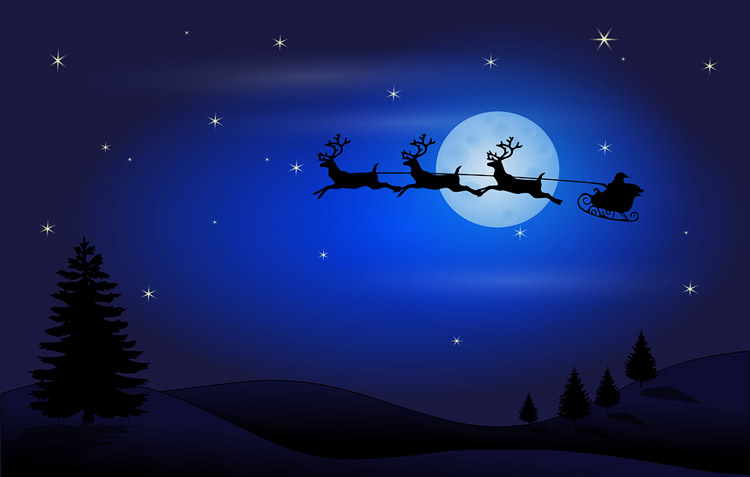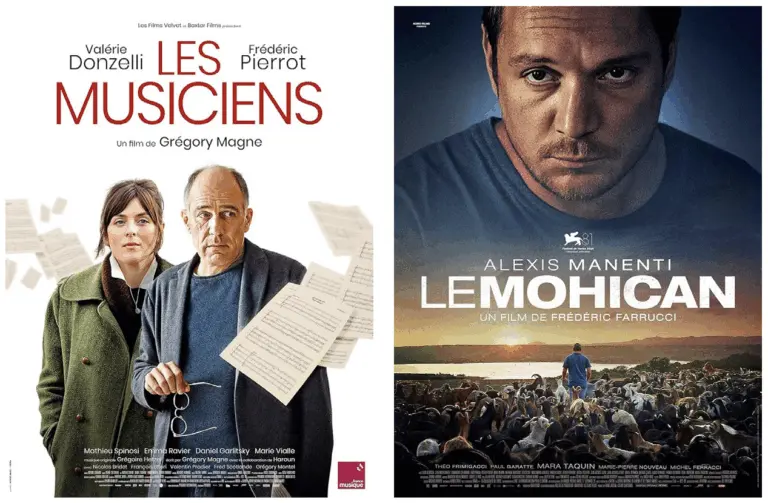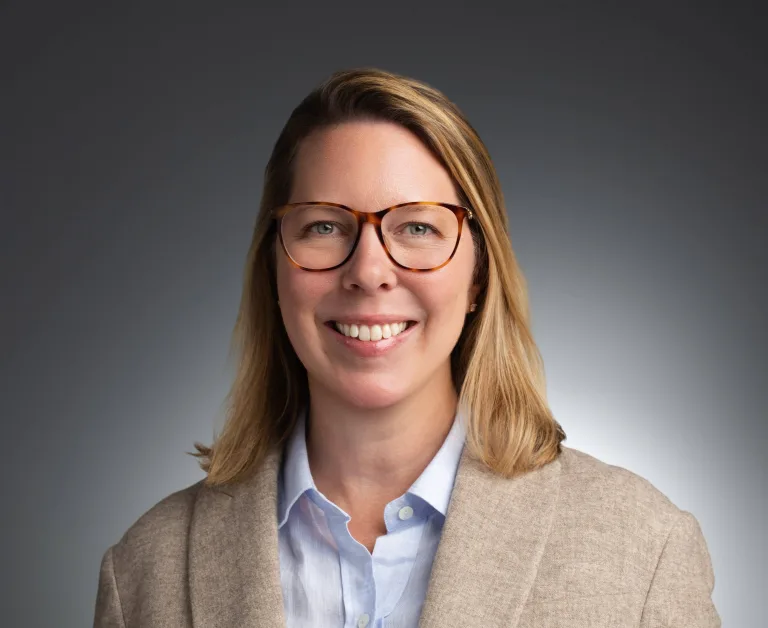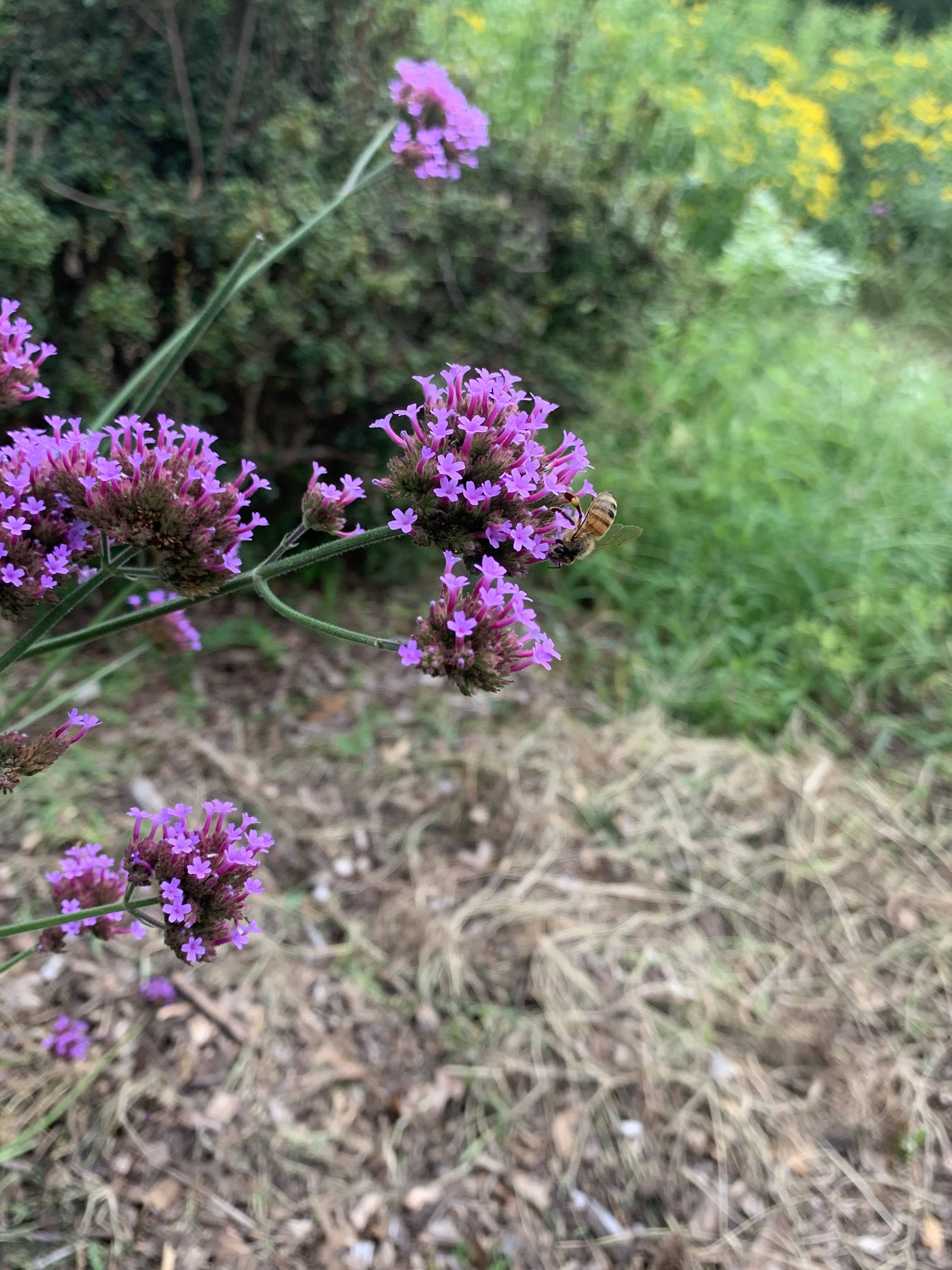
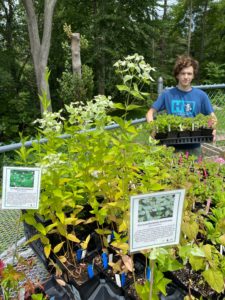
By Susie Moore
Get your gardening gloves and cameras ready! The Greenwich Botanical Center (GBC) and Greenwich Grown have partnered to host the first annual Native Pollinator Plant Photo Contest and you have one more week to submit your photos.
Entering is as easy as visiting www.greenwichbotanicalcenter.org by scanning the QR code on the page or dropping off your photos in person at the GBC’s office (130 Bible Street).
The goal of the contest is to educate the community about native plants and their crucial role in supporting our local ecosystems. The GBC and Greenwich Grown ask community members to seek out these natives and purposeful pollinators, photograph them, and submit their pictures for the chance to win prizes and a feature in the Greenwich Sentinel, the media sponsor.
Now, more than ever, it is the responsibility of local communities to protect our natural ecosystems. In town, Greenwich Grown collaborates with its partners like Greenwich Land Trust in collecting and propagating native plant seeds, preserving existing native plants, and managing invasive species. Launched in 2018 with a grant from The Garden Club of America, the group organizes and hosts events that engage the greater Greenwich community. Greenwich Grown has been a big player in the initiative to preserve native species.
Native species are plants, animals, and organisms that are indigenious to a region. Native plants work to promote biodiversity and attract other native plants and animals, helping them thrive and survive in the areas they historically call home. They are integral in maintaining balance in the ecosystem.
Native plants can be found all over town and even naturally occurring in your own backyard. Some examples of common species available for purchase at the GBC include Eastern Red Columbine, Butterfly Weed, and Azalea Parades. These are just a few examples of thousands of native species all over town.
Invasive species are alien plants or animals that are introduced into a region that can cause harm to that ecosystem. According to author and horticulturist, Rhonda Fleming Hayes, “Without the natural pressures of pests and disease, these [invasive] plants easily outcompete native plants for available space, light, water, and nutrients.” Alien species can take necessary resources away from native plants and harm the balance of the ecosystem, driving out native species.
Local resident and Greenwich Land Trust Conservation Outreach Manager Dan Brubaker stresses that one of the most important ways to prioritize the health of our cherished local environment is to support native species in the area. New England has a distinct and flourishing community of native plants and species that must be preserved.
While native plants can be hard to identify because so many invasive species have been in the local area for so long, bringing back true natives to our local environment is crucial for the health of our ecosystem. The GBC encourages the community to come together to support native species by first learning how to identify them and then making changes to their own backyard to support native growth.
“Some plants brought over by settlers seem like they’ve been here for so long you’d think they were native. These plants have been adapted and naturalized to become a part of the common landscape, but that’s still a far cry from native status,” Hayes states in her book, Pollinator Friendly Gardening (available for purchase at the GBC’s boutique and greenhouse).
To help you identify and understand native species, the GBC recommends using the free app, iNaturalist, to track and identify plants that you find in your garden. With the app, you can easily catalog and identify positive and potentially harmful plant species. It’s as easy as taking a photo of the plant and uploading it to the app where the program uses your photo and location to give you information on the species and its origin. You can also seek out resources to learn more about the plants you find at the GBC’s boutique and greenhouse where their team of horticulturists can recommend literature and lectures on the subject. All of these resources can also be purchased on the GBC website.
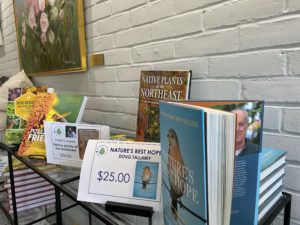
After identifying positive and harmful species in your area, there are numerous actions you can take to make your own gardens more sustainable. As recommended by Douglas W. Tallamy’s book, Nature’s Best Hope (available for purchase at the GBC’s boutique and greenhouse), homeowners should start by shrinking their lawns. Tallamy states, “Each square foot dedicated to lawn is a square foot that is degrading local ecosystems.” Lawns destroy biodiversity. The homogeneous ecosystem that a lawn provides doesn’t allow natural species to flourish. He recommends reducing your lawn to half of its current size to allow for more native plant growth.
Next, Tallamy recommends removing invasive species in your garden, which can be identified with the iNaturalist app, and making an effort to seek out and plant native species. These can be planted in flower beds or around your yard. Many of them will spread and grow to attract other native species of plants, insects, and animals, creating an accepting environment.
Finally, Tallamy and other local horticulturists advise against spraying chemicals or using fertilizers in your gardens. “In fact, highly fertilized soils favor many nitrogen-loving, invasive, non-native plant species,” states Tallamy.
True native plants that will support our ecosystems can be purchased at many local conservation centers like the GBC, Greenwich Land Trust, and Sam Bridge Nursery & Greenhouses. Any of these community organizations will assist you in identifying native and invasive species and help you create a plan to make your garden more sustainable.
The GBC and Greenwich Grown adhere to the philosophy that education is key. To continue your education, visit www.greenwichbotanicalcenter.org for resources on native plants including books by local experts and video lectures from their Native Plant Lecture Series that featured local academics and horticulturists.
Do your part to support Greenwich’s local ecosystem and make your garden a safe space for native plants, animals, and insects to flourish. Author of Native Plants of the Northeast (available for purchase at the GBC’s boutique and greenhouse), Dr. Donald J. Leopold, asserts that it is as easy as starting in your own backyard; “get involved with local opportunities to eradicate invasive species at parks and other public places, open up your garden spaces to visitors to share what you know, and continue asking questions and learning.”
Send in photos of your native journey at any stage of the process for a chance to win prizes and be featured in the Greenwich Sentinel, the contest’s media sponsor. Whether you have made a visit to the GBC, purchased natives to bring home with you, or planted a native plot in your backyard, document it all to submit to the GBC’s Native Pollinator Plant Photo Contest. There is one week remaining in the contest so visit the Greenwich Botanical Center’s website to enter!
Join us on September 18 at 2 p.m. for the awards ceremony to honor the winners of the photo contest. The event will be hosted at the GBC headquarters at 130 Bible Street and presented by the Greenwich Sentinel.


